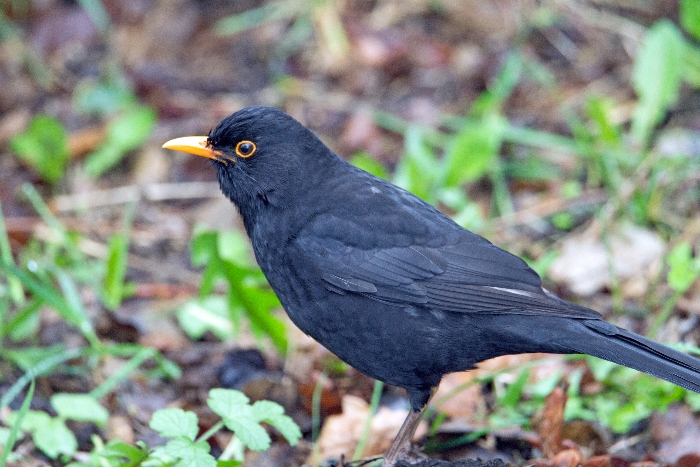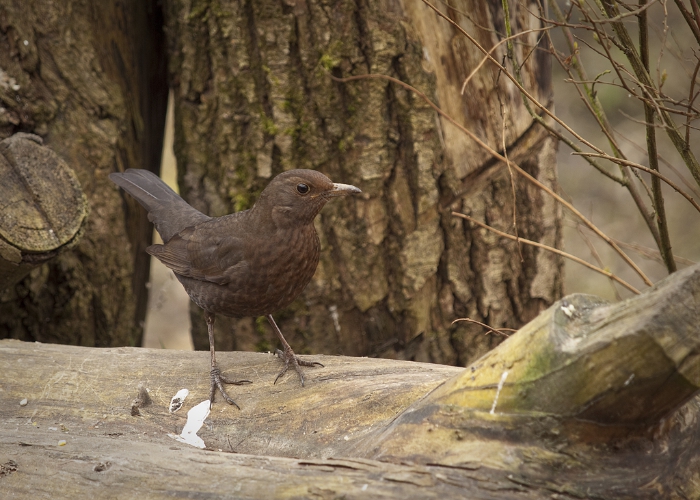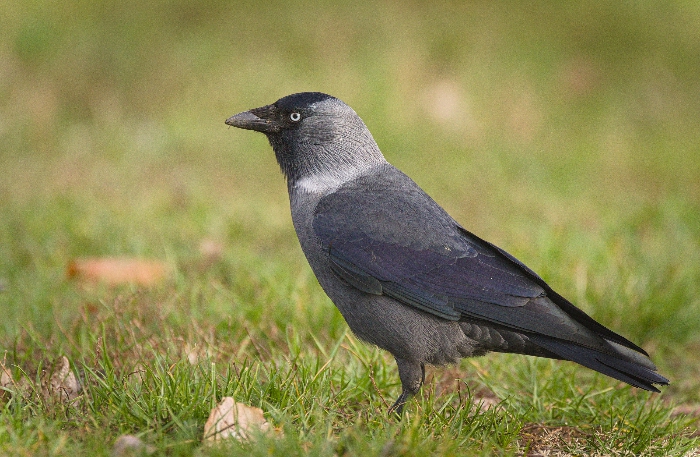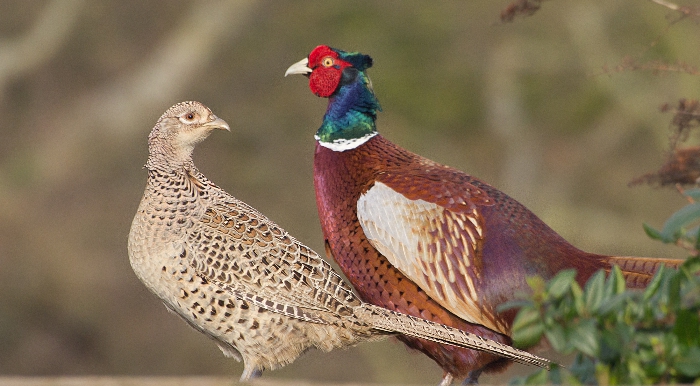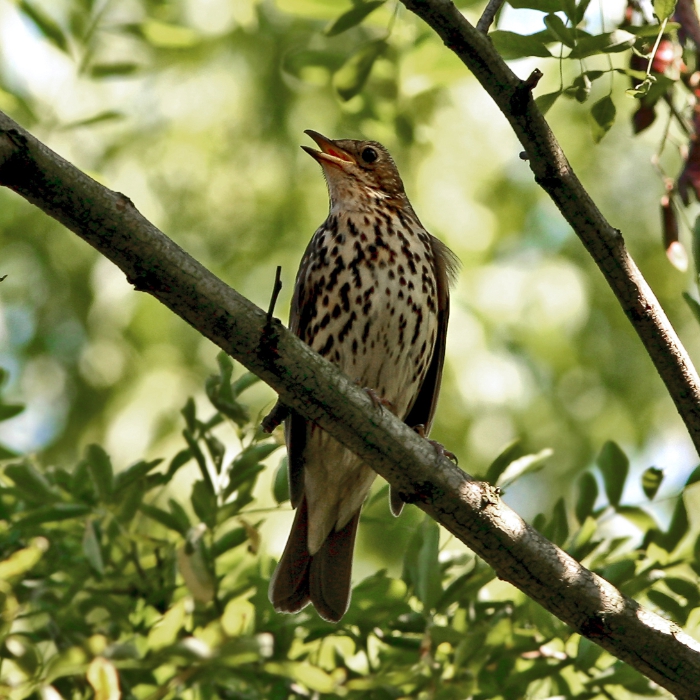Field guide to the most commonly encountered mammals and birds
Here, we provide some basic information regarding commonly observed species (plus some others about which we have had queries).
Feel free to contact us by email if you have any questions regarding species you have encountered on the site.
For more information about mammals, we recommend the Mammal Society's species hub, here, and MammalNet here. For birds, excellent resources are available from the RSPB (here) and the BTO (here).
Common UK Mammals All UK Mammals Common UK Birds All Species All Deer

 English (United Kingdom)
English (United Kingdom)  Nederlands (nl-NL)
Nederlands (nl-NL)  Magyar
Magyar  Deutsch (Deutschland)
Deutsch (Deutschland)  Croatian (Hrvatski)
Croatian (Hrvatski)  Polski (PL)
Polski (PL)  Español (España)
Español (España) 